With the baton being the focal point of attention, the left hand is often neglected or underused. Conducting students are often taught that while the primary and most important hand beats time, the left hand should be left for expression. That’s a very old way of thinking, it is very generic and does not really offer a practical solution to put the left hand to good use.
First of all, let’s clarify one concept: the left hand should be able to do everything the right hand does. That does not mean it should do it at the same time (mirroring), but rather that it can, for example, take over pulsing or cueing when needed. Same as for a piano player, the hands need to be able to act independently. Conducting with the left hand can then be much more creative while consistently helping the music and the players in very specific ways.
When can the left hand be used with an actual purpose?
Here are a few examples:
Watch the full conducting course here
Cues
The left hand is a very powerful tool. Cueing it’s one of its most obvious purposes, especially when it concerns instruments or sections positioned on the left side of the stage: why would you use your right hand to cue the first violins on your left? in order to do that you would either have to criss-cross your arms or move your entire body towards the left, showing your back to the right side of the stage. No point in doing this when it’s much easier to simply use the left arm. Obviously, it’s also much easier to use the right hand to cue sections and instruments on the right side of the podium.
Solos
Highlighting solo parts is one of the best things a conductor can do: without getting in the player’s way, it’s easy to make a connection and “paint” the music in the air. Take, for example, this passage from Tchaikovsky 6th symphony, mov. 1:
It would be very easy to simply do a 4/4 pattern. But how would that depict the music? It wouldn’t. Beating time is not what a conductor is there for.
Instead, it is much more interesting to register the line, alternating upwards and downwards movements with both hands: so, in other words, the left hand is assigned to the flute while the right hand to the bassoon and they literally alternate an upward gesture with a small pulse on the second beat. This ensures the rhythmical clarity while maintaining the melodic line and the dynamics as well, and it makes it much more interesting from a conducting point of view.
Dynamics
Dynamics can be easily emphasized by the left hand: open palm, closed fingers and upward movement for a crescendo; the opposite for a diminuendo, either with a downward movement or by moving the arm closer to the chest.
It’s easy and very effective, much more than shushing the players with a finger on your lips or bending your entire body under the stand.
Color
This is one of my favorite: there is so much room for creativity! Take, for instance, this passage from Debussy’s Prélude à l’après-midi d’un faune:
Starting on the second bar of the page, there is a piano sostenuto, a crescendo, and a mezzoforte on the third bar, where the music changes color. Instead of a boring 3/4 pattern, it is much more interesting to use the right hand to register the line downwards on the first two bars, and then switch hands, showing the blossoming of the melody with the left, catching the crescendo and the dynamic change in the process.
This is just one way. Another way can be seen in this video, where Georges Prêtre is absolutely fantastic.
The bottom line is that there is so much more to the left hand than the few things that are normally taught. If you start from the perspective that your gestures should reflect the music, and not the patterns behind it, then a new world of opportunities opens up giving you a chance to justify your presence on the podium as a conductor and not a simple metronome.
Start improving your conducting today with this Pass-the-baton video course created exclusively for iClassical-Academy
[ET_MONARCH_INLINE_SHORTCODE]
Credits:
Photo by Mat Reding

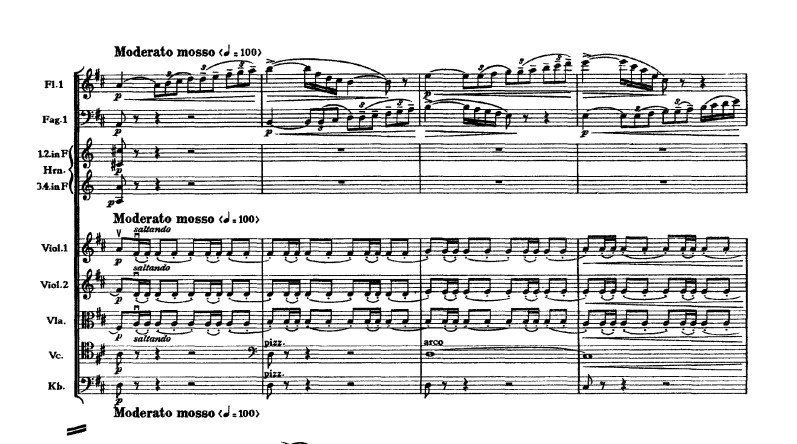

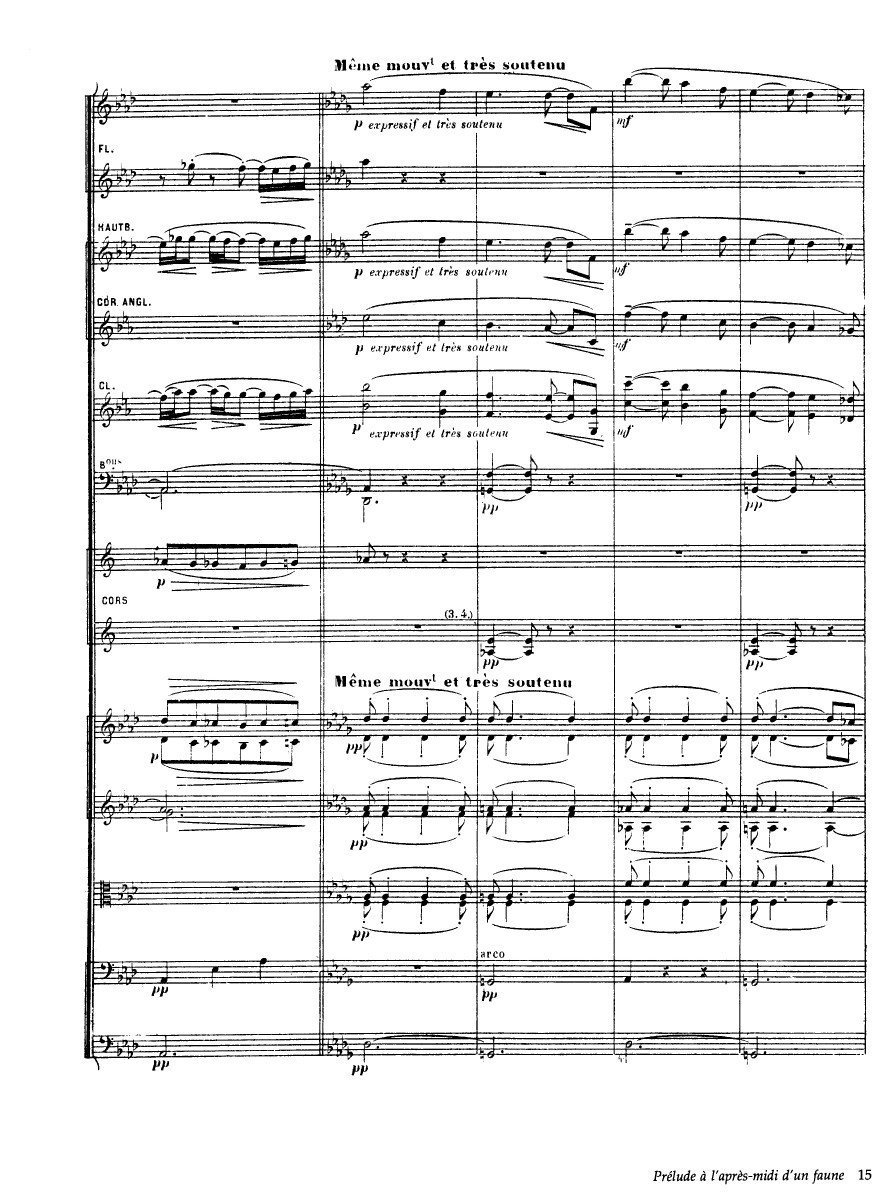




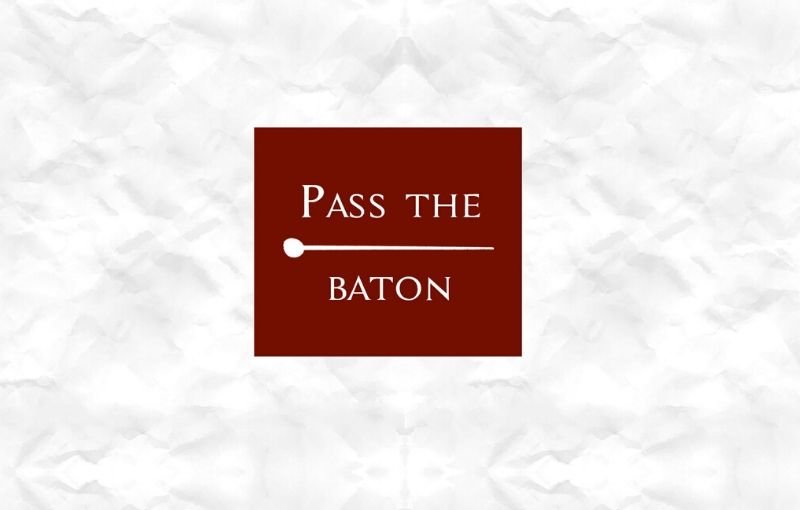
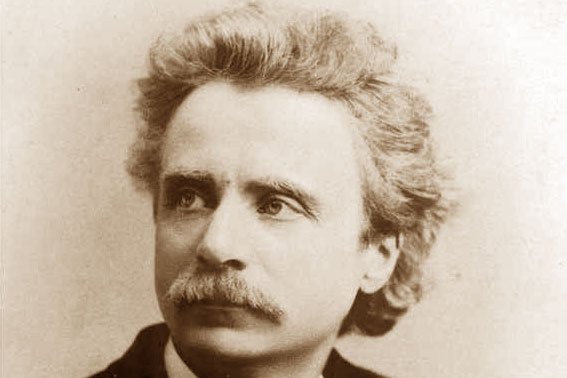
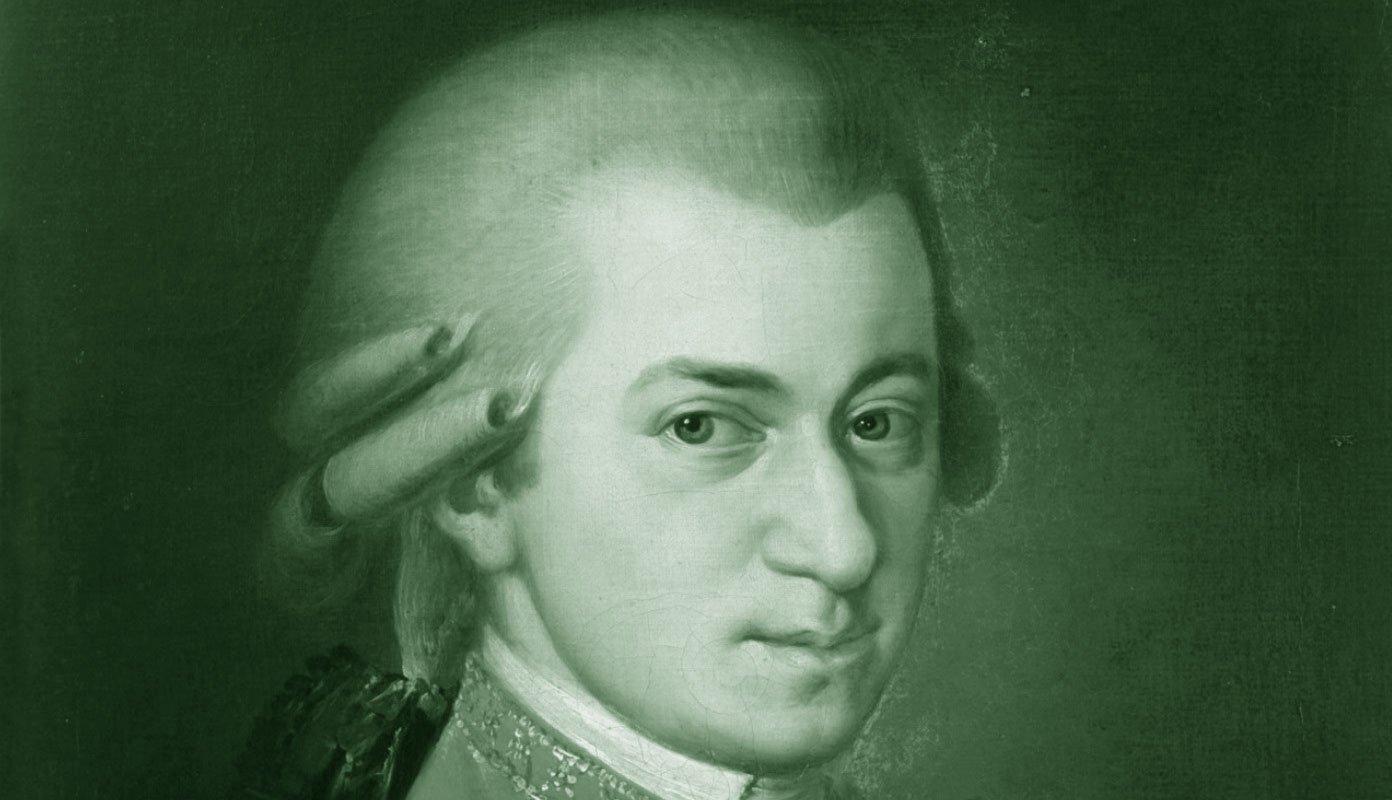


0 Comments